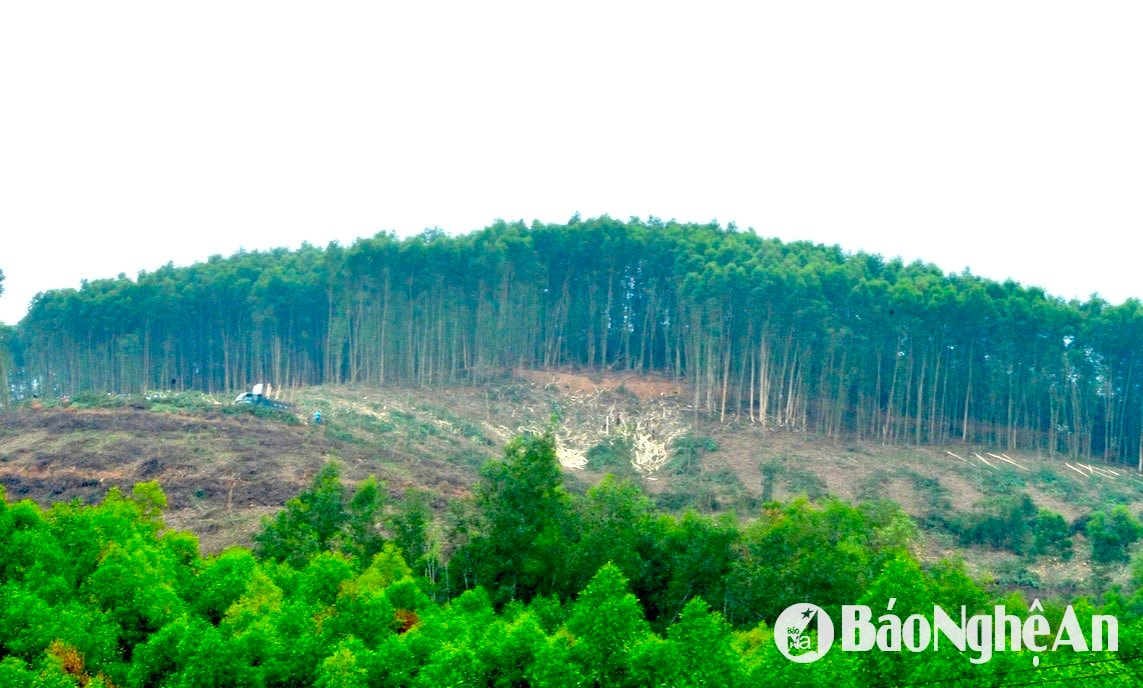
Massive exploitation of young acacia
In Con Cuong district, along the roads, people are busy exploiting acacia trees. Many acacia hills have only been planted for more than 3 years, the trees are still small but are still being cut down and sold.
Mr. Vi Van Nam - a resident in Thach Ngan commune said that his family has more than 2.5 hectares of acacia, although it is only 3 years old, but seeing the high price, he decided to exploit it early to have capital to rotate new planting and serve daily life.
Mr. Lo Thanh Huan - Chairman of the People's Committee of Thach Ngan Commune said: The whole commune has about 3,800 hectares of acacia, each year exploiting about 300 hectares. However, this year, due to the sudden increase in prices, the area of acacia exploited early has increased rapidly. The scarce supply from other regions, while wood processing factories have increased the price of raw materials, causing the situation of cutting young acacia to occur massively.
.jpg)
Mr. Luong Thanh Hai - Head of the Department of Agriculture and Environment of Con Cuong district said: The whole district has more than 12,000 hectares of raw material forest, each year harvesting over 3,000 hectares. However, recently, many households have cut down and sold young acacia, reducing the quality and economic value of planted forests. To overcome this situation, the district is calling on wood processing enterprises to sign long-term consumption contracts, creating confidence for people to plant and exploit forests on schedule.
Not only in Con Cuong district, the exploitation of young acacia trees is also common in Quy Chau district. Many agricultural vehicles are busy going in and out of the forests, transporting acacia trees from hills that are still young, not yet ready for harvest but have been cut down and lying around. The district currently has more than 23,000 hectares of acacia forests, of which about 3,000 hectares are exploited each year.
Mr. Nguyen Van Dung - Vice Chairman of Quy Chau District People's Committee said: If this early exploitation continues, the economic efficiency of planted forests will decrease significantly, affecting the sustainable development of the local forestry industry.
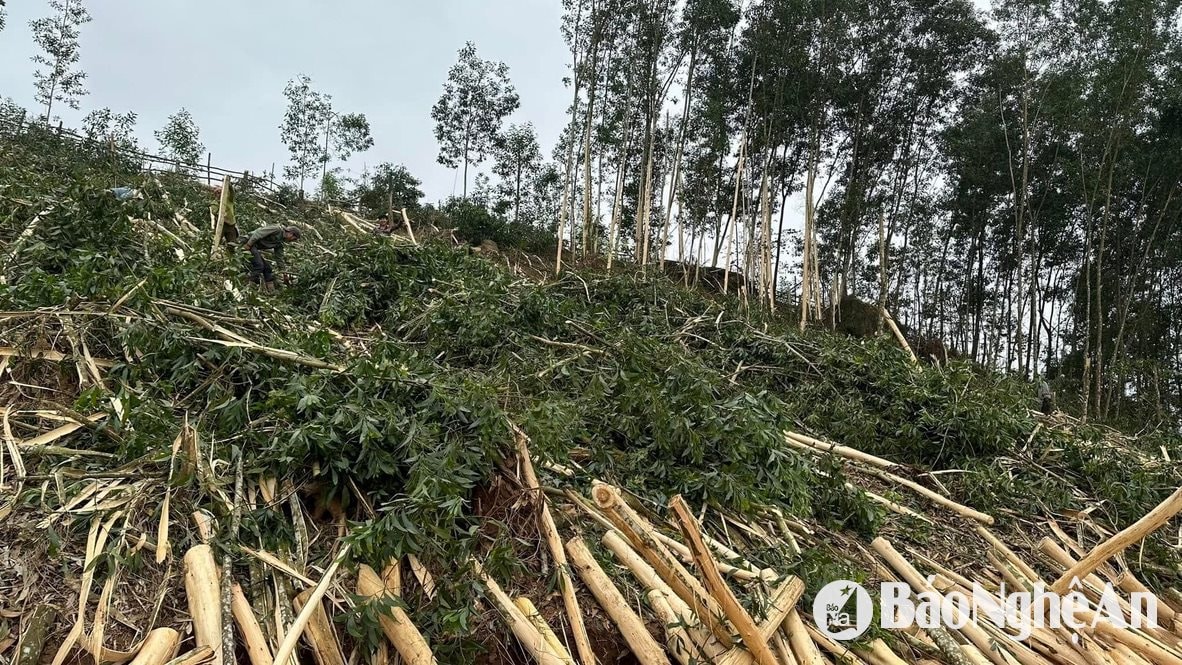
Over the past year, due to the sharp increase in demand for wood chips for export to major markets such as China, Japan and Europe, biomass pellet and laminated wood processing plants in the area have been operating stably, contributing to the increase in acacia prices. This is also the reason why many households take advantage of exploiting acacia trees when they are not old enough, leading to the situation of exploiting young acacia trees being common in many localities.
The factory is seriously lacking raw materials.
The situation of people massively exploiting young acacia trees in many localities in Nghe An has caused immediate consequences such as a series of wood processing factories, especially laminated wood factories, falling into a serious shortage of raw materials, directly affecting production progress and the ability to complete export orders.

One of the units heavily affected is May Forestry Joint Stock Company located in Nghia Hoi Commune, Nghia Dan District. Mr. Nguyen The Mai - Director of the Company said: This is one of the most modern wood processing and MDF fiberboard manufacturing factories in the Central region, with a total investment of more than 300 million USD. Each year, the company's production line needs up to 250,000m³ of raw wood for stable operation. However, the company is currently facing a serious shortage of raw materials for processing because the amount of acacia harvested from planted forests is mainly young acacia, not enough in size and biomass to produce standard wood bars.
Lacking large wood materials, the company has to purchase raw wood from northern provinces such as Quang Ninh, Lang Son , Yen Bai, increasing operating costs and losing initiative in production planning. This situation also disrupts the wood supply chain, causing many export orders to be unable to be completed on schedule as committed to foreign partners.

Not only May Forestry Joint Stock Company, Song Hieu Forestry and Agriculture Company Limited - a famous unit in the laminated wood processing industry is also facing a big challenge in terms of supply. Mr. Nguyen Ngoc Hoang - Chairman of the Board of Members of the company said: Every month, the unit produces and consumes more than 150m³ of laminated wood, mainly exported to the US market.
However, the shortage of large timber is making it difficult for the company to maintain stable productivity. Although the company is managing more than 1,700 hectares of large timber plantations and exploiting about 200 hectares each year, the output is still not enough to meet production needs.
According to statistics, Nghe An province currently has over 548,423 hectares of production forest, of which 204,000 hectares are planted forests and only about 32,000 hectares are large timber forests. This number is not enough to meet the needs of the growing wood processing industry. The main reason is the lack of close connection between forest owners and businesses, as well as inadequate awareness of the long-term benefits of developing large timber forests.
.jpg)
Mr. Nguyen Danh Hung - Deputy Director of the Department of Agriculture and Environment of Nghe An province said: In this situation, relevant sectors and localities need to step up propaganda work, raise awareness of people and businesses about the importance of developing large timber forests and implementing sustainable forest management. Limiting the exploitation of young forests and encouraging linkages between forest owners and businesses in the forestry production chain will help create a stable source of raw materials, protect the ecological environment and increase the value of exported wood products.
In addition, wood processing associations and enterprises also need to proactively coordinate with forest owners in planting and caring for large timber forests, aiming to achieve international sustainable forest management certificates. This is not only a short-term solution but also a long-term strategic orientation to develop the wood processing industry in a sustainable and effective manner.
Source: https://baonghean.vn/keo-non-bi-khai-thac-o-at-nha-may-che-bien-doi-nguyen-lieu-10295720.html





![[Photo] The 9th Party Congress of the National Political Publishing House Truth](https://vphoto.vietnam.vn/thumb/1200x675/vietnam/resource/IMAGE/2025/6/24/ade0561f18954dd1a6a491bdadfa84f1)












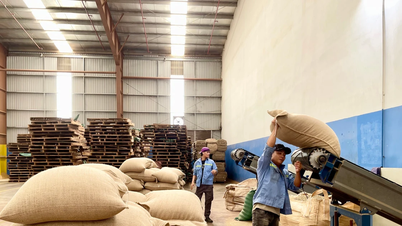








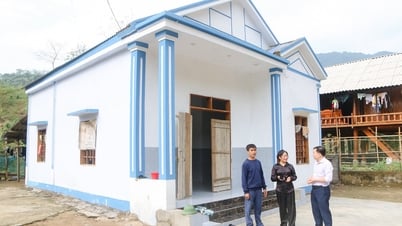

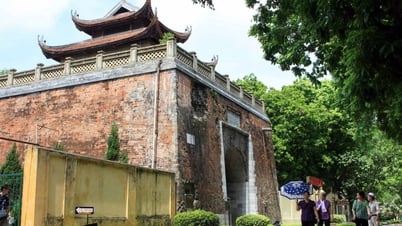























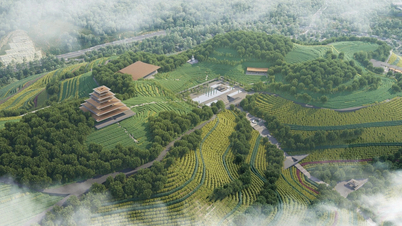













































Comment (0)